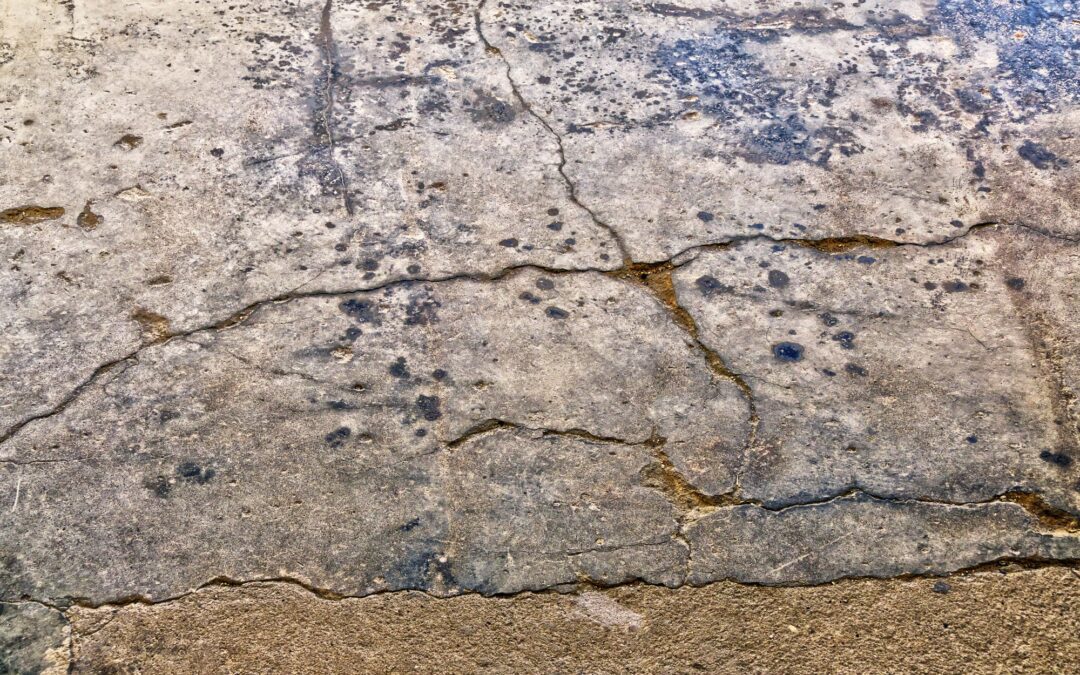The garage is one of the top home features that buyers look at, and nothing can turn them away faster than floor cracks.
Many homeowners want to know what causes garage floor cracks and if they should be concerned about them. If you’re among this group, we’ve got you covered. Learn more about concrete cracks, how to fix them, and how to protect your floor for the future.
Why Does Concrete Crack?
There are several types of cracks you might see in concrete. Most are a product of age, but they can still be an eyesore. Since concrete is an inflexible material, it’s bound to crack eventually due to cold weather, tree roots, shifting soil, and more.
Hairline cracks are most common in newly-installed concrete. It’s sometimes due to plastic shrinkage and can be caused by poor workmanship, water loss by evaporation, and more. These types of concrete cracks are very small and shallow, but if you notice them widening over time or if you’re tired of looking at them, it’s time to have the floor repaired.
Settlement cracks occur when the concrete sinks. This can happen if the ground wasn’t compacted enough underneath.
Shrinkage cracks happen during the curing process. However, a professional can reduce or eliminate them using the right joint placement.
Structural cracks are wide, usually wider than a credit card, and they can run across the entire slab. These types of cracks often require garage floor replacement.
Are Concrete Cracks Concerning?
First, make sure the crack isn’t a control joint. A control joint is an intentionally cut groove placed by a contractor. These joints encourage cracking as a way to relieve stress on the concrete.
Control joints allow for planned cracking in specific places. These are usually just a cosmetic problem and not a foundational issue.
Some cracking is to be expected with concrete floors. Small, shallow cracks usually aren’t a concern.
So what types of cracks indicate potential structural damage?
You might notice a large number of cracks or particularly wide cracks. If you notice this, check for other signs of foundation problems such as a sloping floor, sagging roof, doors or windows sticking, and so on.
How to Repair Garage Floor Cracks
If you have serious cracks or you’re tired of your old concrete floor, the best way to repair it is with a garage floor coating. You may have heard of epoxy coatings, but our polyurea coatings are up to 20 times stronger than epoxy. Plus, it’s designed with a layer that keeps moisture away from your concrete to prevent future damage.
You can avoid garage floor cracks in the future with a durable, customizable coating.
Protect Your Garage Floor
Now that you know more about garage floor cracks, you can do something about them. You don’t have to live with unsightly cracks in the concrete.
Take the next step by contacting us at Garage Force San Antonio. Call us or get a free quote online to learn more about our services and transform your garage into a room you’ll love.

